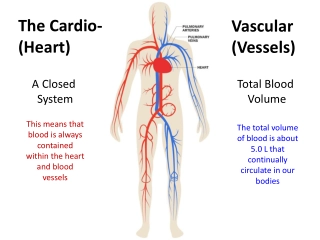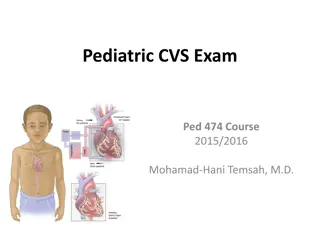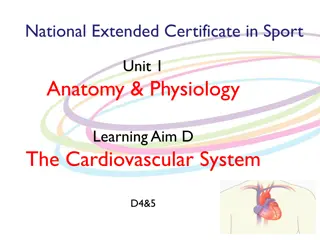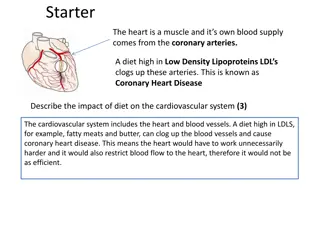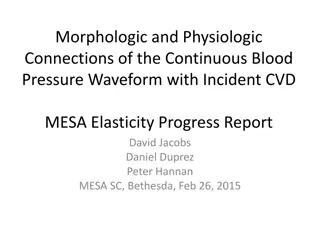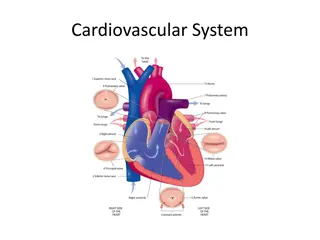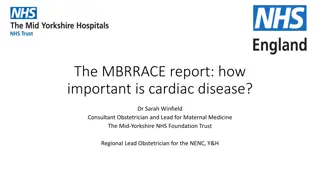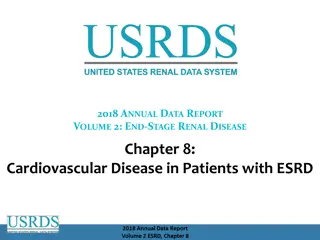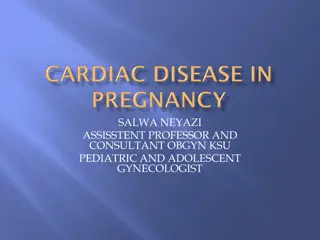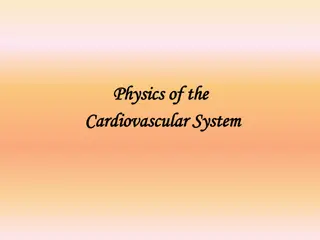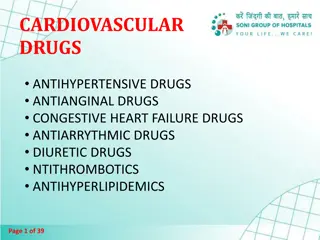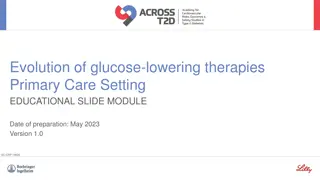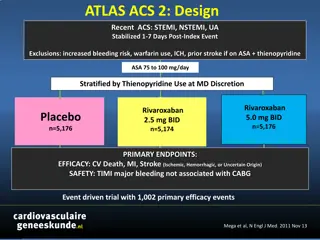Understanding the Cardiovascular System: An In-Depth Exploration
Exploring the intricate workings of the cardiovascular system, this comprehensive guide covers the heart, blood vessels, circulation, and the composition of blood. Learn about the structure and functions of the heart chambers, blood vessels, and the vital role of blood in maintaining circulation. Delve into the complexities of pulmonary and systemic circulation to gain a deep understanding of this essential body system.
Download Presentation

Please find below an Image/Link to download the presentation.
The content on the website is provided AS IS for your information and personal use only. It may not be sold, licensed, or shared on other websites without obtaining consent from the author. Download presentation by click this link. If you encounter any issues during the download, it is possible that the publisher has removed the file from their server.
E N D
Presentation Transcript
Byiringiro felecien GAKURU KARIM
Introduction to cardiovascular system Cardiovascular system as the name imply consist of heart and blood vessels. Heart act as a pump where as bood is just pumped into the blood vessels throughout the body Three types of blood vessels are:arteries,arterioles,capillaries,venules and veins described in order of the path followed by blood in circulation from the heart. Circulation is either pulmonary or systemic circulation
Cardiovascular system:heart heart is the mascular pump of the bood located in the thoracic cavity anterior to the vertebral column and posterior to the sternum. It is made up of four chambers,two atria superiorly and two others on its inferior side. It is made up of three main layers:outer being pericardium,middle is myocardium and inner being endocardium. Pericardium protect it,myocardium contract to pump blood and endocardium line heart chambers.
Heart chambers We have right atrium and right ventricles on the right side of the heart upper and lower respectively. Right atrium bring venous blood to the heart but right ventricle carry blood away from the heart to the lung to remove co2 and add o2 to the blood. Heart also have left atrium and left ventricle,wher former bring blood from lung to the heart and latter pump blood from the heart to all body parts.
Cardiovascular system:blood vessels Main blood vessels are arteris,capillaries and veins. All transport blood but have structural differences. Artery is very thick where as vein is thin and capillaries being only single cell thick thus act as exchange site for nutrients between blood and tisswe fluid. Arteries carry blood away from the heart where veins carry it toward the heart and vein link the two.
blood Blood is the liquid that is circulating in cardiovascular system It is composed of formed elements and plasma It is pressurized in vessels by heart
Pulmonary and systemic circulation As mentioned above,blood move from the heart to lung and then back to heart,this comprise pulmonary circulation.here blood moves from rigt ventricle pumped to lung back enter right atrium hence complete pulmonary cicuit. During systemic circulation,blood is pumped right from left ventricle through large artery called aorta pass through capillaries into veins then enter heart again through right atrium competing systemic circulation.
Clinical application:hypertension Hypertension refers to high pressure exerted by blood as it passes through arterial system Patients with this cardiovascular disorder are recommended to take meal that is not highly rich in fats to avoid obesity and agin should engage in physical exercises like jogging,dancing,running and even swimming. It is caused by increased pumping action of the heart due to many reasons like uncoordinated neura stimulation,obstacles to the flow of blood through the vessels and obesity
Structure of heart As it is shown,looking heart anteriorly you can not see the attachmemt of vessels but you can only see them on superior emerging from heart
List of risk foctors associated with heart 1. Smoking 2. Genetic disorder 3. Physical inability
End topic summary Cardiovascular system like all other body systems have organs which are heart and vessels attached to it generally. Heat have three layers and four chambers It is of clinical importance to keep your heart health by exercising regularly Eating wisely avoid cardiovascular system related disorder.
referances Hole s human anatomy and physiology Essentials of anatomy


